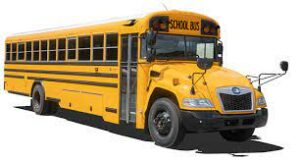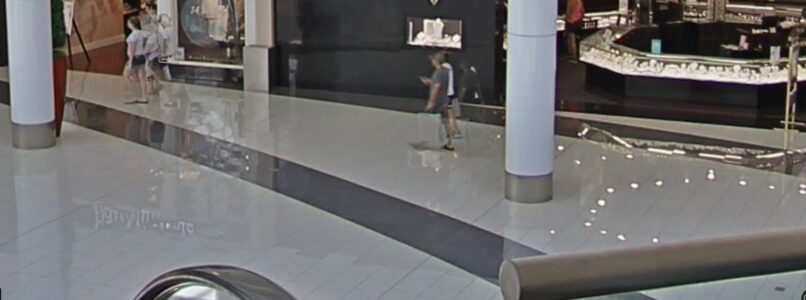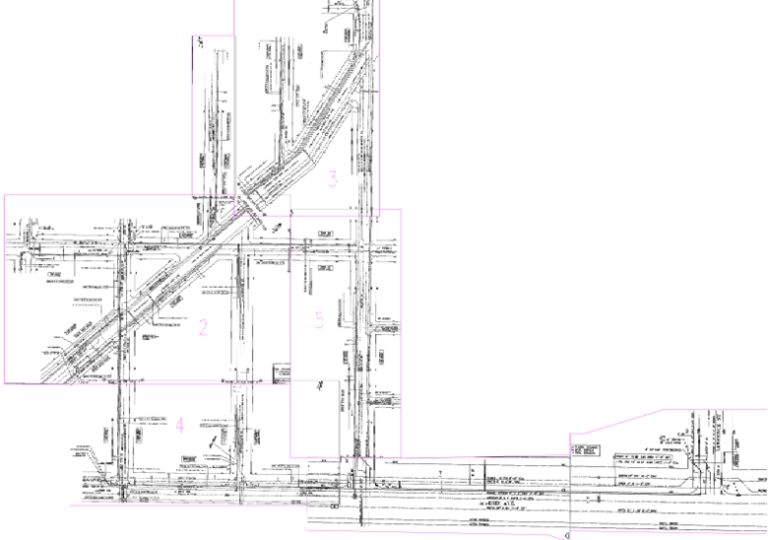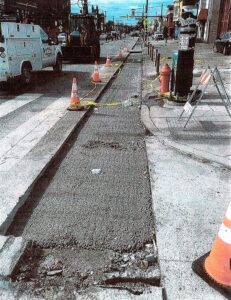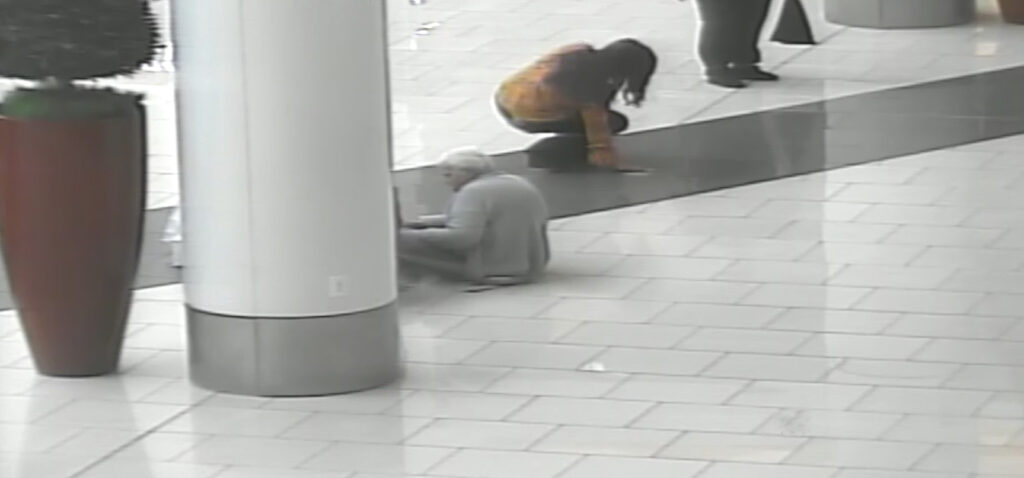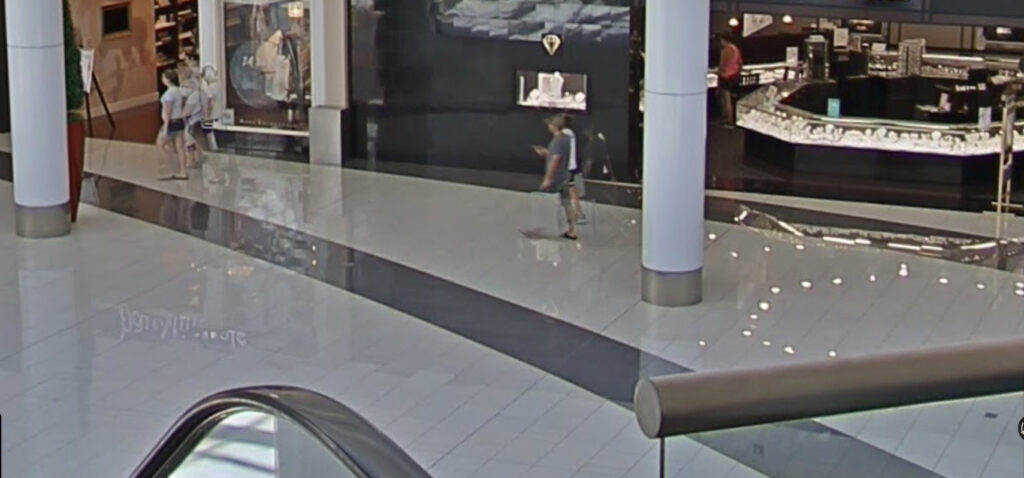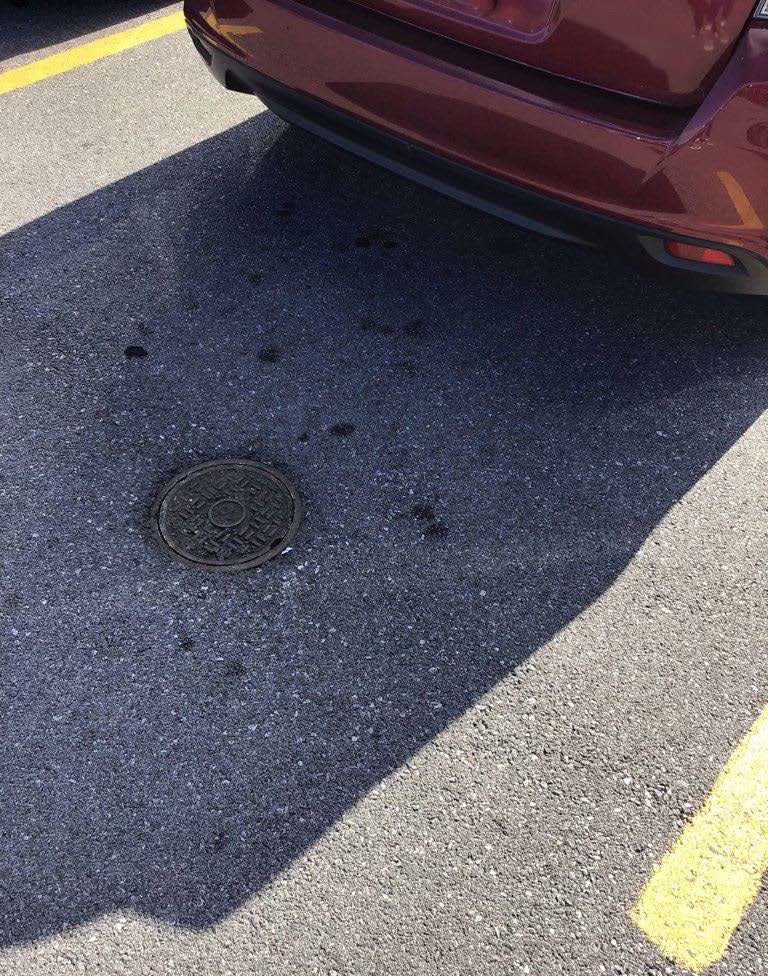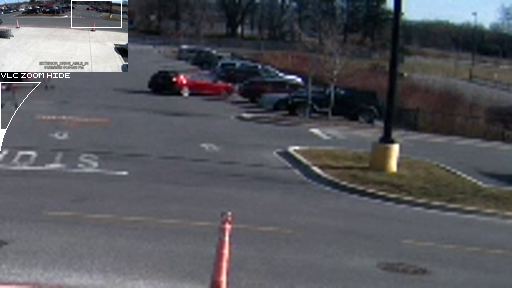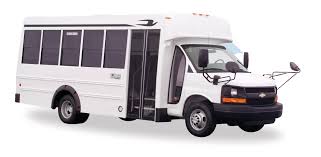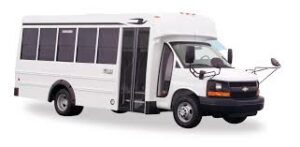
A fuel leak in the presence of an ignition source increases the risk of a fire.
NHTSA Campaign Number: 22V740000
Manufacturer Blue Bird Body Company
Components ENGINE, FUEL SYSTEM, GASOLINE
Potential Number of Units Affected 25
Summary
Blue Bird Body Company (Blue Bird) is recalling certain 2022-2023 Vision transit buses equipped with a 7.3L gasoline engine. The transmission shift cable may have insufficient clearance from the gasoline fuel supply line at the left rear corner of the engine, which can result in a fuel leak.
Remedy
Dealers will inspect and reroute the transmission cable, free of charge. Owner notification letters are expected to be mailed on November 30, 2022. Owners may contact Blue Bird’s customer service at 1-478-822-2242. Blue Bird’s number for this recall is R22CB (NSB).
Notes
Owners may also contact the National Highway Traffic Safety Administration Vehicle Safety Hotline at 1-888-327-4236 (TTY 1-800-424-9153), or go to www.nhtsa.gov.


